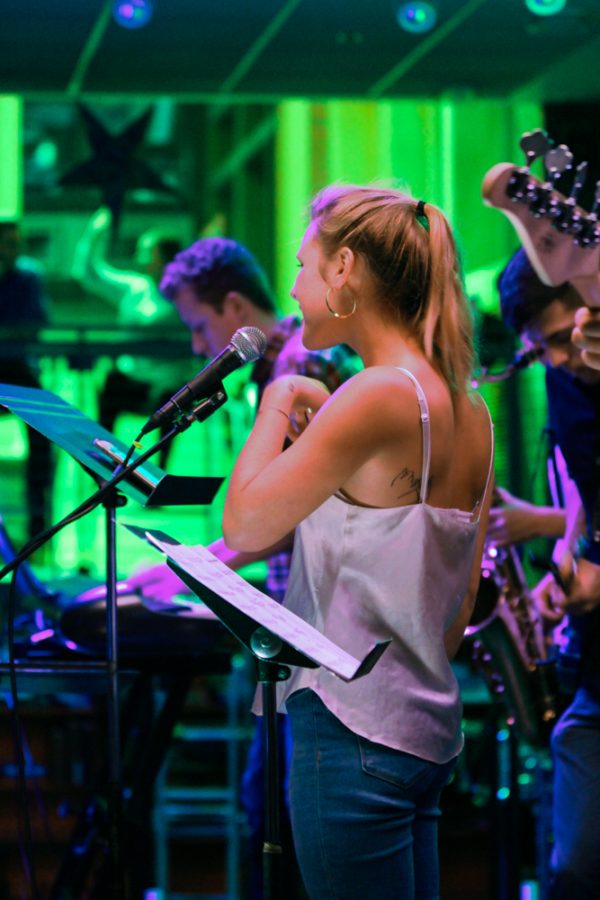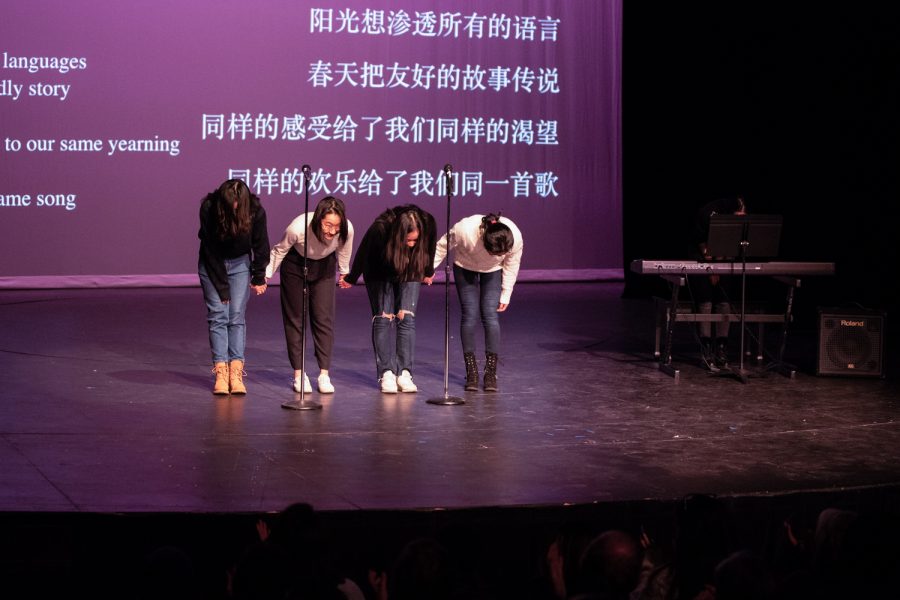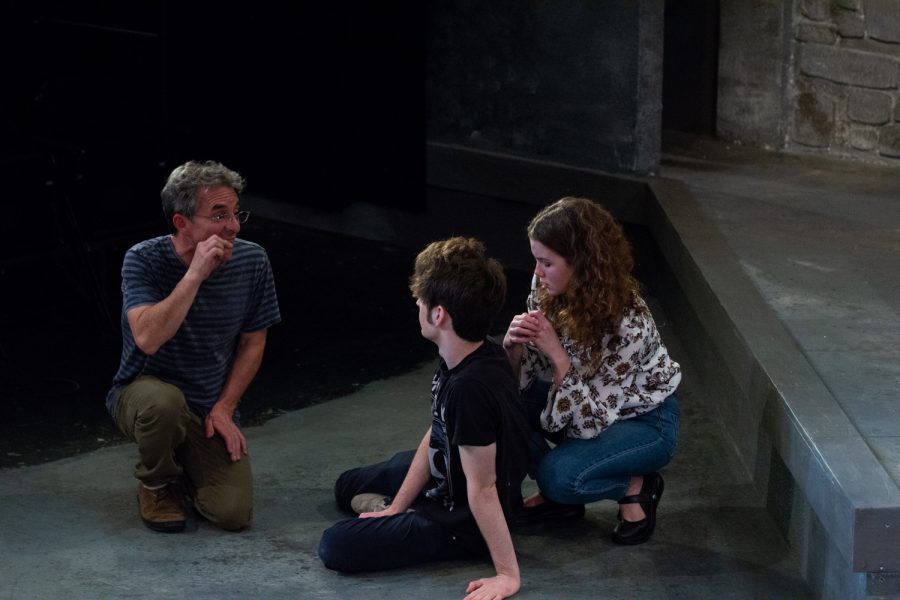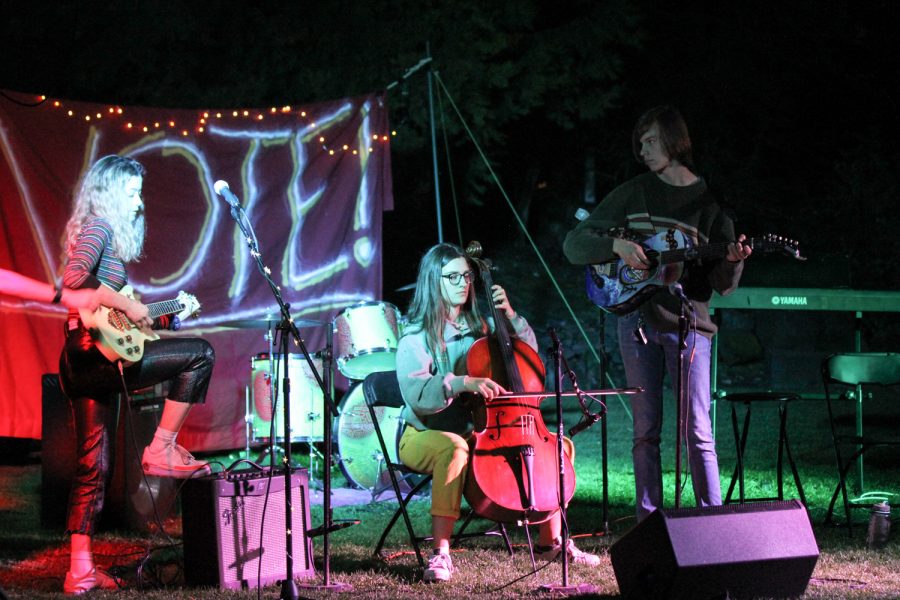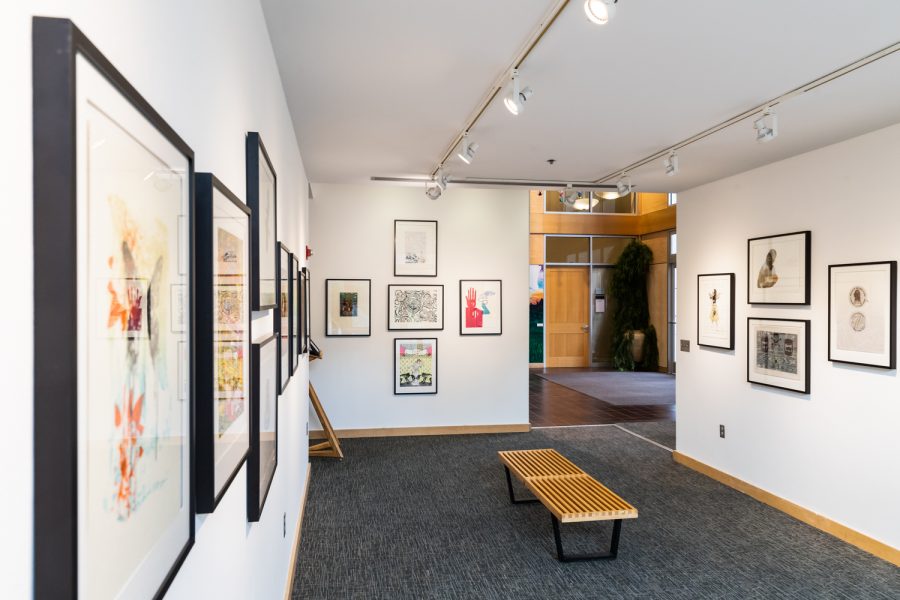Whitman College, like any other academic institution, has a vast collection of knowledge. It comes in the forms of books, professors’ insights and online databases. But what students might not realize is that academic knowledge and historical understanding can also come in the form of physical objects.

When one thinks of historical artifacts at Whitman, the first thing that comes to mind is probably the Maxey Museum. Opened in 1899 by Professor of Biology Howard S. Brode, the museum holds a total of 3,500 artifacts, most of them related to Walla Walla and the history of the American West. Brynne Haug ’12, a former history major, is the current interim exhibitions and collections manager. Haug explained the contents of the museum.
“It’s about one-third Native American, one-third Oregon Trail and one-third mostly alumni and community donations that relate to people’s travels abroad,” said Haug of the collections. “What ends up in a museum is sometimes strange and random because it has to do with what people thought were important at the time.”

In the climate-controlled examination room, there are shelves upon shelves of various artifacts. Among them are Confederacy monetary bills with Jefferson Davis on them, a Nazi flag that had been extracted from a battlefield and some ivory-handled cataract surgical instruments that belonged to the mayor of Walla Walla in the late 1800s. The museum also hosts a large collection of 19th-century Native American basketry from tribes such as the Nez Perce, Umatilla and Klamath. The baskets were collected by Myron Eells, the son of Whitman College’s founder, Cushing Eells.
It’s no surprise that Whitman’s geology department also hosts a large collection of specimens collected from nearby the Walla Walla area. In an email interview, department head Pat Spencer explained one particular collection of mammal fossils from north of Richland.
“Last year a collection of mammal fossils from the Pliocene Epoch was donated … by William Shawver Jr. The fossils were collected by his father … from the White Bluffs along the Columbia River north of Richland, Wash.,” said Spencer. “The collection includes wild pigs, camels, hyenas, bears, giant ground sloth and many others, and represents a look at life in our area in the Pliocene.”
Another holder of interesting artifacts is the Whitman College and Northwest Archives, located in the basement of Penrose Library. Archives assistant Bill Huntington explained that the archives are divided into three parts.
“Of course it’s the history of the college, we keep all the records of the college all the way back to the beginning,” said Huntington. “[We also keep records of] the local area of Walla Walla and the Northwest … And the third thing is the rare book collection.”
Some of the archives’ most significant artifacts include a saddle that allegedly belonged to Marcus Whitman, a lock of Narcissa Whitman’s hair and a copy of one of the first printed books, the Nuremburg Chronicles, from 1493.
One of the most talked-about aspects of the archives’ collection is the Stuart Napoleon Room. The room itself is wood-paneled and well-furnished, with its own climate control. Donated by Whitman alumna Evelyn Stuart ’28, the collection contains a variety of items associated with Napoleon Bonaparte, and features a desk that was used by the conqueror’s personal physician after he had been exiled to the island of St. Helena.

Haug explained that the reason she loved the historical artifacts at the Maxey Museum was because they provided more insight than a written paragraph ever could.
“They’re like three-dimensional primary sources,” she said. “In history you do a lot of looking at written sources, but the physical ones can tell you just as much and sometimes more about what peoples’ lives were actually like.”










